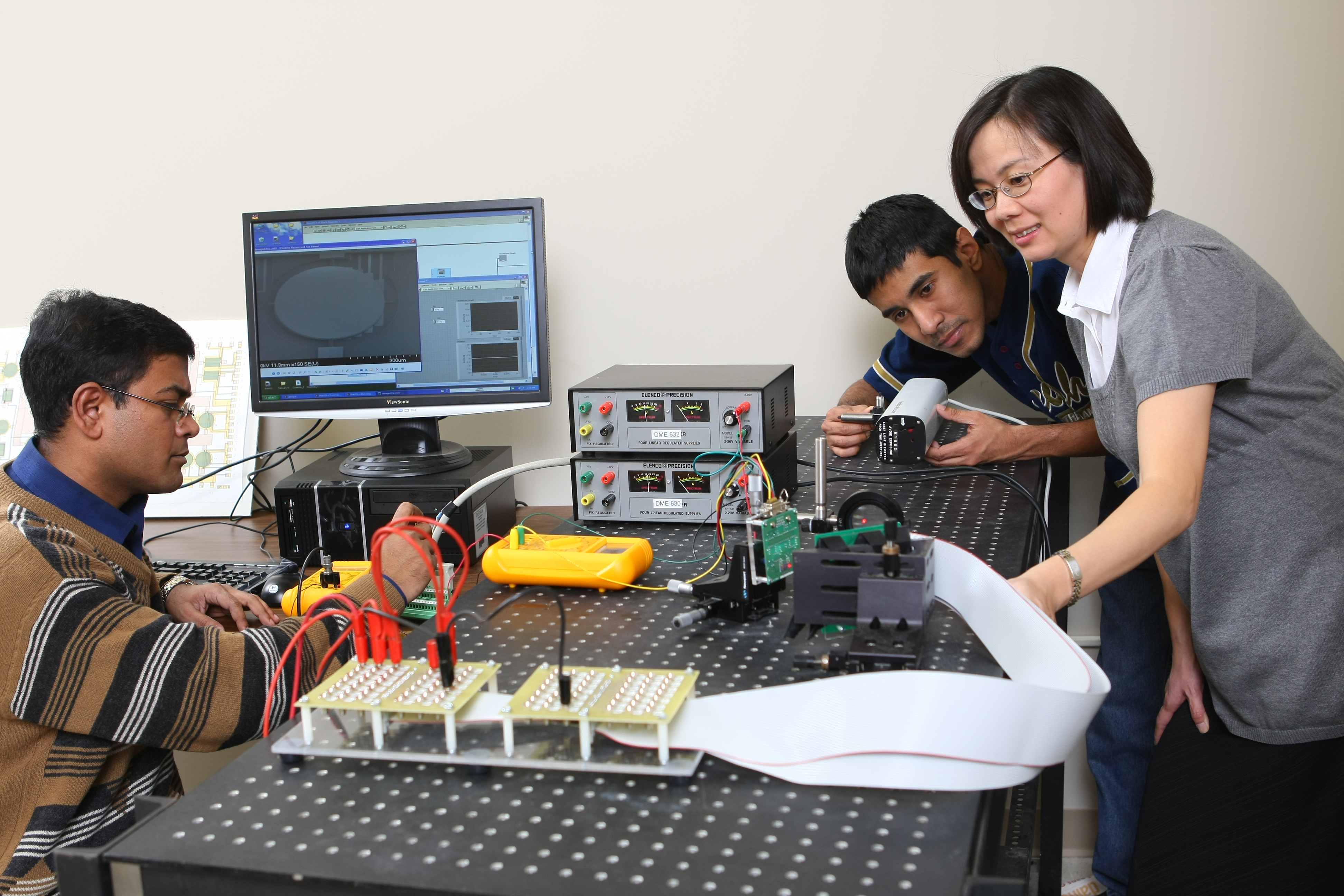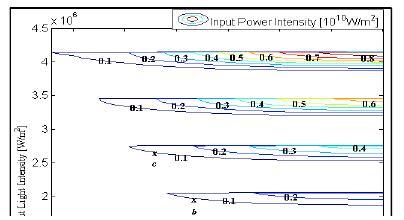Optical Electrostatic MEMS

The wide deployment of Dense Wavelength Division Multiplexing (DWDM) optical network is inevitable with ever expanding internet and wireless traffic. Conventional optical network components, such as discrete switch, and variable attenuator, are becoming increasingly unattractive, expensive, and very often, infeasible to be used for the implementation of a communication system with such high channel density. For years, MEMS technology has been a critical player for many optical network functions such as wavelength switching, multi-channel configurable optical add-drop multiplexers (COADM), and optical cross-connects etc. with unmatched performance on chromatic dispersion, insertion loss, speed, and reliability. Novel concepts of micro-scale actuations and active control methods are explored in the MEMS lab to overcome the limitations of the conventional electrostatic method seeking to significantly enhance critical performance parameters such as controllable tilt range, speed and the reduced electrical driving requirements.
Static and Dynamic Analysis of MEMS Devices

Due to the small scale of MEMS and their unique structures, the inherent residual stresses during the deposition processes can have various effects on the functionality and reliability of the fabricated MEMS devices. Accurate theoretical model considering both the intrinsic stress and the extrinsic thermal mismatching characteristics are critical for MEMS designs. The stroboscope -equipped Vecco NT9011 system in the lab offers both dynamic and static, 3-D micro object profiling capability - is a universal and versatile MEMS metrology system on a single platform.
Photonic MEMS

Photonic MEMS can be the next major breakthrough in the silicon revolution, with devices like bandgap crystal switches, fast speed variable optical attenuators (VOA), and optical wavelength switches etc. Our team strives to develop an integrated technology platform needed to take the next step in integrating photonic MEMS into commercial products and technology.

Sensors and Actuators
Micro-fabrication technologies are shrinking devices into micro- and nanometer scales. Many interesting and potentially useful MEMS sensors and actuators have been produced by these technologies. Applications of novel MEMS sensors and actuators are explored in the area of pressure sensing, biomedical engineering, and RF telecommunication etc.
